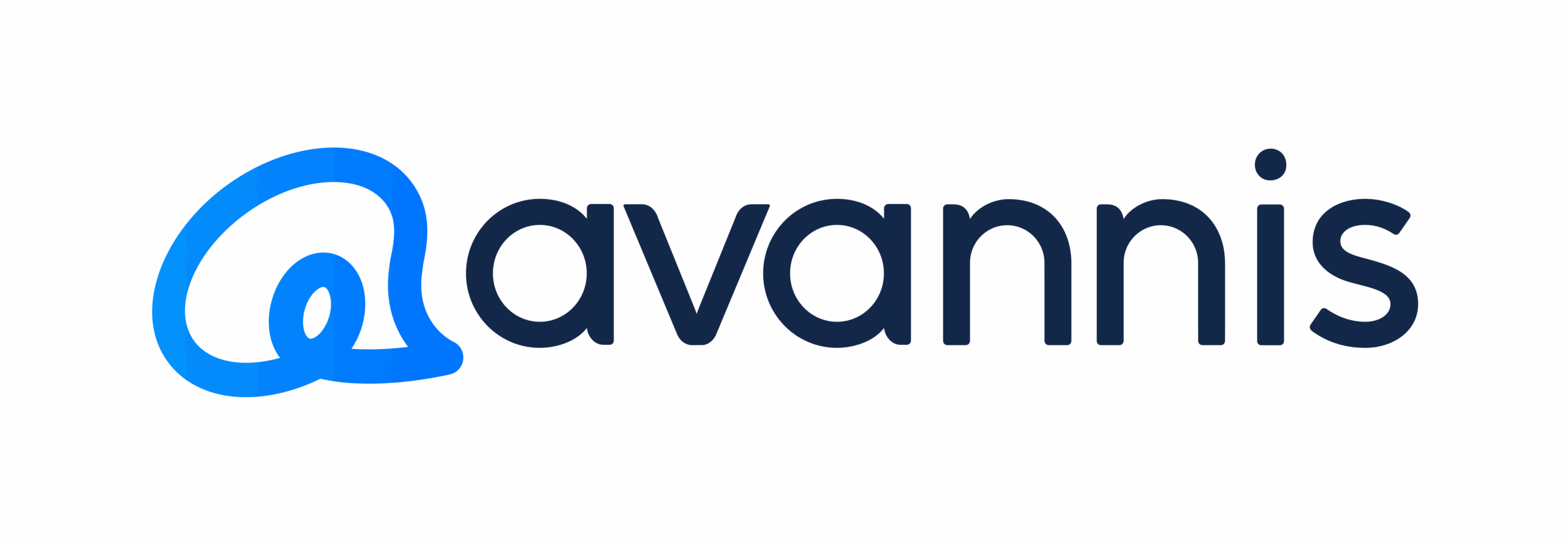How to Maximize Staff Engagement at Your Financial Institution
For most financial institutions, the customer experience is at the center of every growth strategy. Because of this overwhelming focus on the customer, it’s all too easy to get wrapped up in results and neglect the driving force behind the data—your staff. Let’s take a look at why employee engagement is so crucial to customer loyalty and what you can do to encourage that engagement at your financial institution.
How Staff Engagement Affects the Customer Experience
So, what’s the correlation between workplace engagement and the customer journey? To put it simply, an engaged staff means a stronger overall customer experience—and that in turn means increased customer satisfaction, loyalty, and retention. Let’s break this down.
With a significant number of banking transactions moving online, teller interactions and other employee-to-customer interactions have become less common, but all the more crucial to retention. These “moments of truth,” from opening a new account to signing a mortgage, are critical opportunities to solidify and strengthen the customer relationship.
Consistency across front-line employee behavior is essential to making a positive impact with these moments of truth and all other instances of service. You need to make sure that you’re delivering the same level of service to every customer, every time they interact with you. Unfortunately, the scales aren’t exactly even—while constantly stellar work will slowly build positive customer relationships, one bad interaction with a teller can destroy years of those positive experiences. That’s why encouraging your staff to take ownership of their performances and create a good experience is so critical to maintaining a high level of service.
What Engaged Employees Have to Offer
Knowledgeable employees are a key factor in “ease of doing business,” one of the most important customer service stats. But that’s not the only element of the customer experience they impact. Whether or not your front-line staff are able to do what the customer asks quickly, efficiently, and with professionalism has a significant impact on the customer’s overall perception of his or her banking experience. These soft skills are key drivers of the ROIs you want to see, such as likelihood to recommend, overall satisfaction, and likelihood to repurchase. Because of that connection, all of those ROIs are impacted by staff members. At the end of the day, your employees are the ones driving customer loyalty here.
The Importance of Back-Office Staff
It’s worth noting that customer loyalty doesn’t actually stop at the employees who interact with customers. Your back-office staff members also play a significant role in how well front-line employees can service those customers. If underwriting is rigid, IT is backed up, or any number of other problems plague your back office, you may notice mounting tension, increased turnover, lower customer ratings, and overall lessened employee ownership. For this reason, you should make sure that any staff engagement solutions you implement extend to your back office.
6 Ways to Boost Employee Engagement
Improving workplace engagement can be a slow process, but we’ve put together a few helpful tips to get you started. Here’s how you can cultivate an active, engaged environment at your financial institution.
1. Employ Appropriate Methodology
Before you can begin providing constructive feedback, your staff members need to understand your goals and methodology. Choose a methodology that works with your corporate culture, and talk to your staff about the results you want to move towards. The customer experience data you collect can later be used to coach staff members towards being better at recognizing and capitalizing on future “moments of truth.”
2. Develop Efficient Measurement Criteria
Create and share the metrics your staff should focus on. When developing these measurement criteria, make sure that you select metrics your staff can actually control. Ideally, these criteria will be attainable but still encourage your staff members to perform at a higher level when identifying and meeting customer needs.
3. Make Accountability Fair and Enjoyable
Once you set criteria, you’ll also need to describe how employees will be held accountable for those metrics. One simple way to do that is with positive reinforcement. For example, make sure to recognize staff members who successfully address pressing issues—and then be sure to record those solutions for future use! Avannis offers an easy-to-use closed-loop feedback system that can help you keep track of complaints and at-risk situations, as well as their solutions.
4. Provide Incentives
To promote growth, you need to give your employees a reason to go beyond the bare minimum and take pride in their work. Again, positive reinforcement is the goal here. Set attainable but challenging goals, and provide incentives to high-performing individuals and teams. This approach works to reward those staff members who are reaching certain goals while also motivating the rest of your staff to step up their game.
5. Improve Internal Service Levels
Your customer-facing staff members aren’t in this alone—make sure that they have the internal support structure they need to be able to perform at a high level. You may want to take some time to measure your current internal service levels and work on improving them.
6. Run Impactful Workshops
Along with appropriate internal support, your front-line staff members may need additional training or instruction to ensure that their goals align with your business objectives. To make sure that everyone is on the same page, consider running several “Best Practices” workshops, which will empower your staff and arm them with the tools and knowledge needed to perform.
Generate Measurable Results With Avannis
After more than 20 years spent measuring, analyzing, and improving customer loyalty for financial institutions large and small, we like to think we know a little something about the customer journey—namely, that it starts with your staff. Contact us today to learn more about driving progress through workplace engagement. For the latest insights into financial marketing, follow us on Facebook and Twitter.
